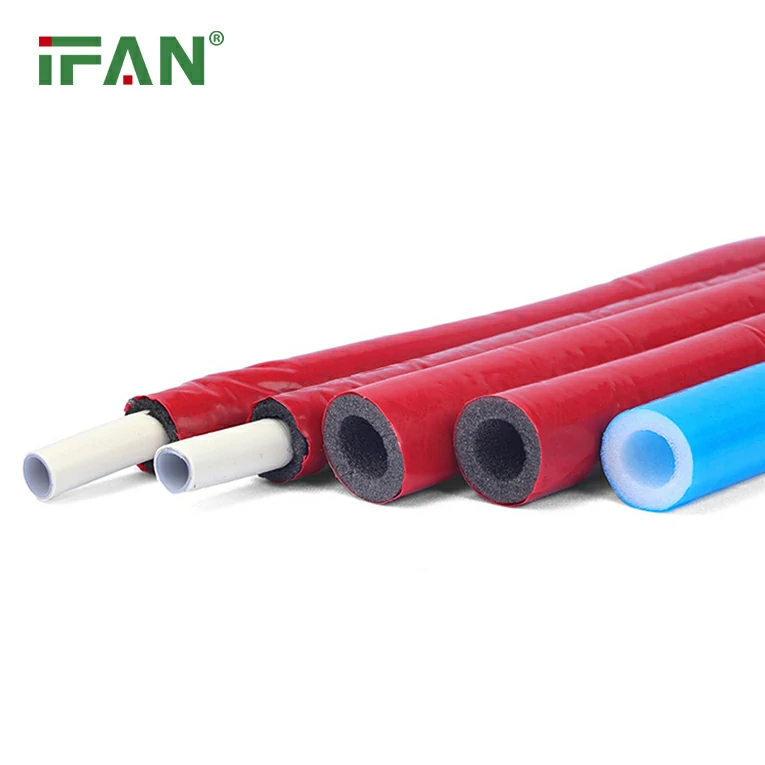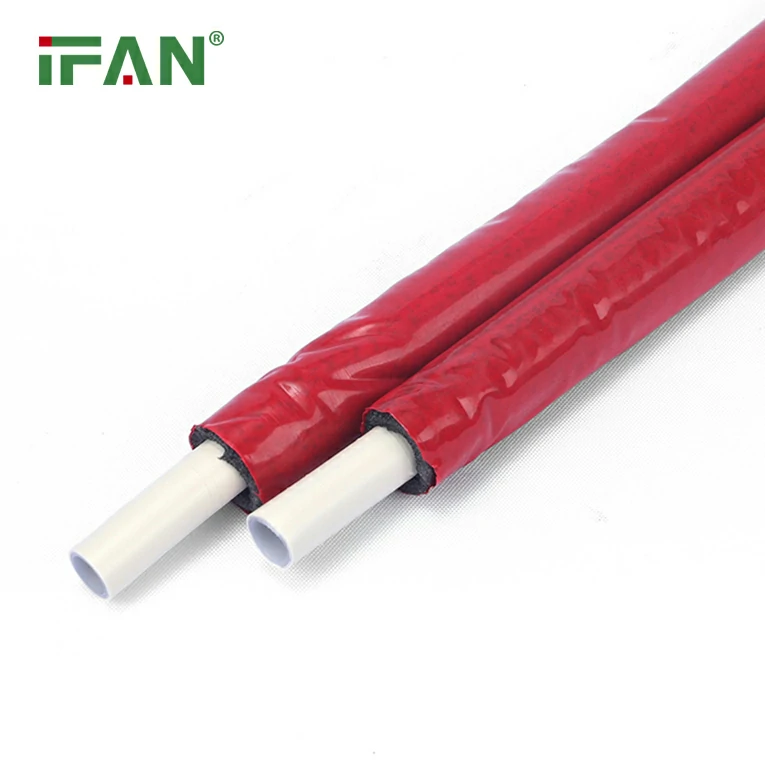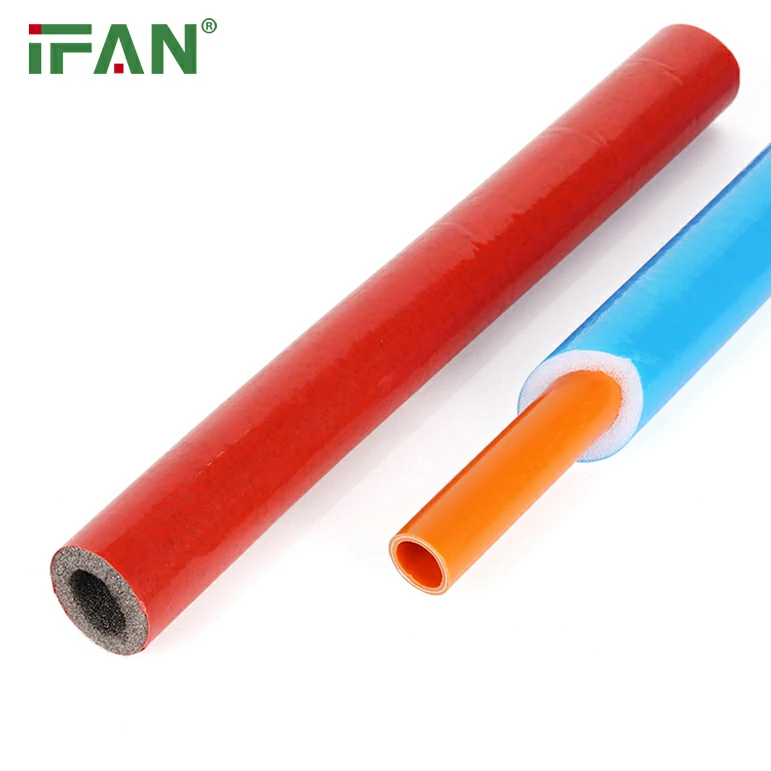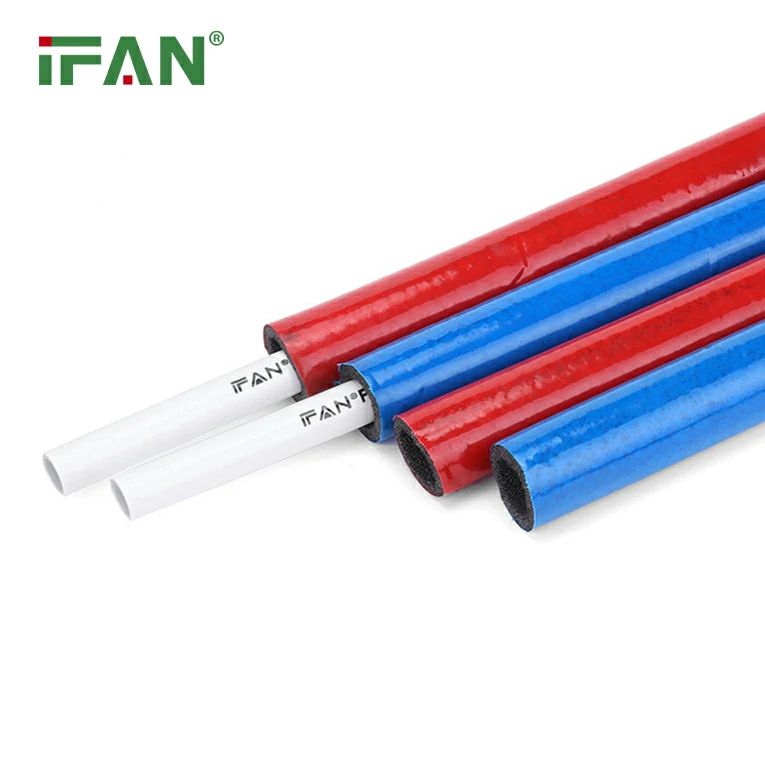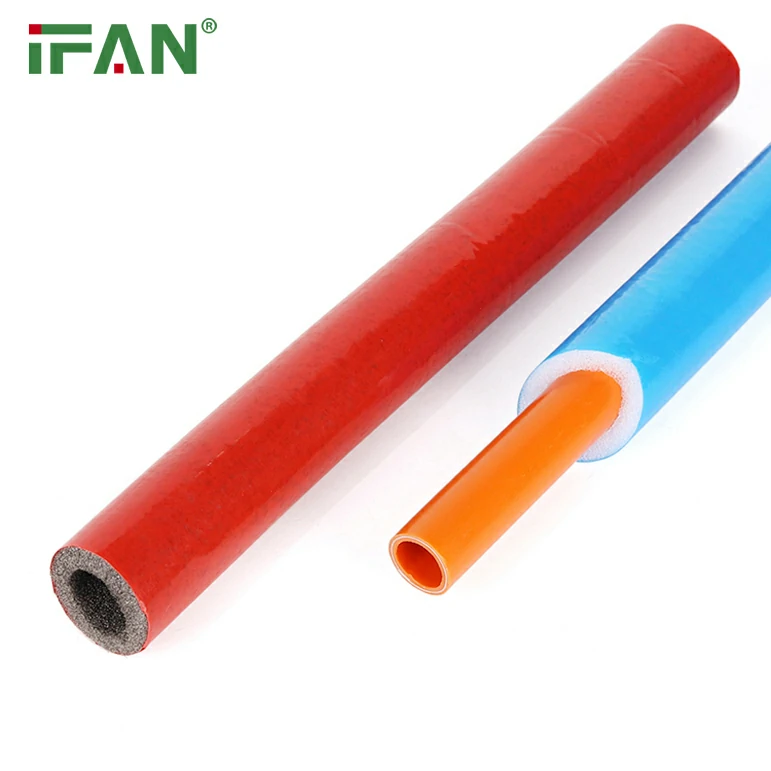In recent years, concerns regarding lead pipes in older homes have prompted many to consider alternatives. Polyethylene (PEX) pipes have emerged as a popular replacement due to their affordability, flexibility, and ease of installation. However, while replacing lead pipes with PEX may seem like a positive step toward improving water quality and safety, it could introduce new safety concerns. In this article, we will explore the benefits and potential risks of using PEX pipes as a replacement for lead pipes, focusing on both health and environmental considerations.
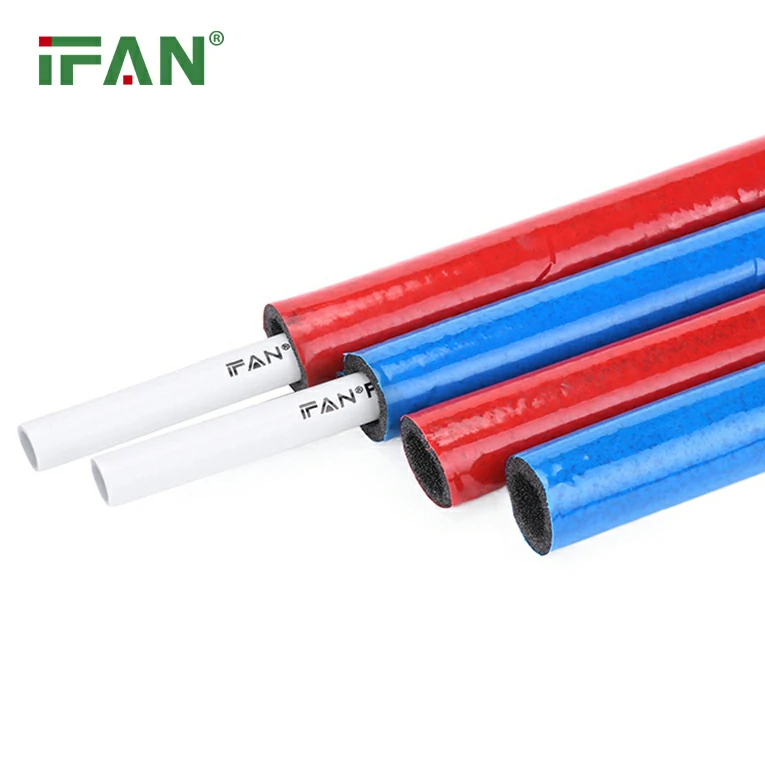
The Dangers of Lead Pipes
Lead pipes were widely used in plumbing systems until the 20th century due to their durability and resistance to corrosion. However, lead is a toxic metal that can leach into drinking water over time, particularly if the pipes corrode. Prolonged exposure to lead can cause a variety of health problems, especially in children, pregnant women, and individuals with compromised immune systems. Lead poisoning can lead to developmental delays, cognitive impairments, and other serious health issues.
Due to these health risks, many countries have banned the use of lead pipes for plumbing systems. The U.S. Environmental Protection Agency (EPA) has set the “Action Level” for lead in drinking water at 15 parts per billion (ppb), but even low levels of lead can have detrimental effects, particularly in vulnerable populations.
The Appeal of PEX Pipes
PEX pipes, short for cross-linked polyethylene, have quickly gained popularity as a cost-effective and efficient alternative to traditional plumbing materials like copper and PVC. PEX is made by linking polyethylene molecules to create a strong and flexible material that is resistant to corrosion and scaling. Unlike metal pipes, PEX is not prone to leaching harmful substances into drinking water. Moreover, PEX is lightweight, easy to install, and can bend around corners, which makes it ideal for both residential and commercial plumbing systems.
PEX pipes are also highly resistant to freezing temperatures, which can be particularly beneficial in colder climates. Additionally, they are more affordable compared to copper pipes and other traditional materials, making them an attractive choice for homeowners looking to replace their old plumbing systems.
Health Concerns: Could PEX Pipes Be Unsafe?
While PEX pipes have many advantages, there are concerns about their safety, especially when used to replace lead pipes. The primary concern is the potential for chemicals to leach into drinking water. Polyethylene, the material used to make PEX pipes, is considered safe by the U.S. Food and Drug Administration (FDA) and the EPA. However, certain chemical additives and cross-linking agents used in the production of PEX pipes could potentially leach into water over time, especially when exposed to heat and pressure.
Some studies have raised questions about the potential for leaching of chemicals such as antimony, a substance used in the manufacturing process of PEX. While the levels of these chemicals are generally considered to be within safe limits, the long-term effects of exposure to low levels of these substances are not fully understood. Research on the safety of PEX pipes is ongoing, and as a result, some experts caution against using PEX for drinking water systems, especially in areas where the pipes are exposed to high temperatures or prolonged contact with chlorinated water.
Environmental Impact of PEX Pipes
Another significant concern with the widespread adoption of PEX pipes is their environmental impact. While PEX pipes are durable and resistant to corrosion, they are made from petroleum-based materials, which raises questions about their sustainability. Polyethylene is a non-renewable resource, and the production of PEX pipes contributes to carbon emissions and other environmental pollutants. Additionally, PEX pipes are not biodegradable, meaning they will remain in landfills for centuries once they reach the end of their life cycle.
Moreover, the installation of PEX pipes often requires the use of copper fittings and other materials, which can contribute to additional waste and environmental degradation. As the demand for PEX increases, it is essential for manufacturers to consider more sustainable production methods and explore alternatives to petroleum-based materials.
The Risks of Improper Installation and Maintenance
Like any plumbing system, PEX pipes require proper installation and maintenance to ensure their safety and longevity. While PEX is relatively easy to install, improper installation can lead to a variety of issues, including leaks, bursts, and contamination of drinking water. PEX pipes are highly sensitive to UV light, which can cause the material to degrade and release harmful chemicals when exposed to sunlight for extended periods. Therefore, it is crucial to install PEX pipes in areas where they will not be exposed to UV rays, such as in basements or behind walls.
Additionally, PEX pipes should be carefully monitored for signs of wear and tear. Over time, PEX pipes can become brittle and more susceptible to damage, particularly if they are exposed to high temperatures or harsh chemicals. Regular inspections and maintenance are necessary to ensure that the plumbing system remains safe and functional.
The Future of PEX Pipes and Lead Pipe Replacements
As the demand for safer and more efficient plumbing systems continues to grow, it is likely that PEX will remain a popular choice for homeowners looking to replace their old lead pipes. However, it is essential that further research is conducted to fully understand the long-term health and environmental implications of using PEX in plumbing systems.
In the meantime, homeowners considering replacing their lead pipes with PEX should consult with a licensed plumber to ensure that the installation is done correctly and that the system complies with local plumbing codes and regulations. Additionally, it is recommended to periodically test the water for contaminants to ensure that it remains safe for consumption.
Conclusion
Replacing lead pipes with PEX pipes can provide significant health benefits by reducing the risks associated with lead exposure. However, it is crucial to be aware of the potential safety and environmental concerns that come with using PEX pipes. By understanding the risks and taking necessary precautions, homeowners can make informed decisions about replacing their lead pipes and ensure the continued safety of their water supply.
Frequently Asked Questions (FAQ)
1. Are PEX pipes safe for drinking water?
PEX pipes are generally considered safe for drinking water by the EPA and FDA, but concerns about chemical leaching still exist. It is recommended to use PEX pipes that are certified for potable water systems.
2. Can PEX pipes be exposed to sunlight?
PEX pipes should not be exposed to direct sunlight for extended periods, as UV rays can cause the material to degrade and release harmful chemicals.
3. What are the benefits of PEX over copper pipes?
PEX pipes are more flexible, easier to install, and less expensive than copper pipes. They are also resistant to corrosion, making them a durable option for plumbing systems.
4. How long do PEX pipes last?
PEX pipes typically have a lifespan of 25 to 40 years, depending on factors such as installation quality and environmental conditions.
5. Can PEX pipes be used in outdoor plumbing?
PEX pipes are generally not recommended for outdoor use unless they are properly insulated and shielded from UV exposure.

